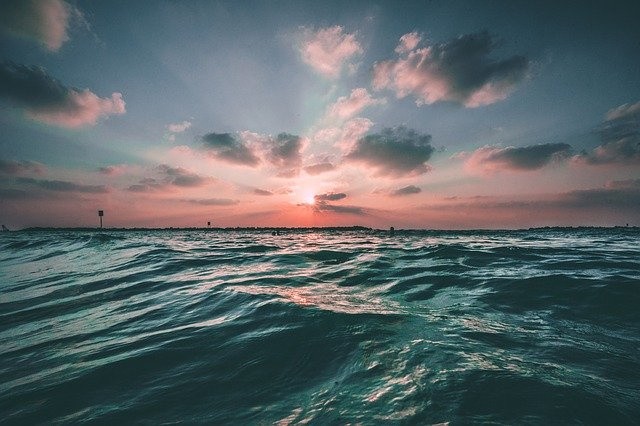
For millennia, ancient oceans have been steady, and climate change barely affected them. A few centuries of human activities have changed the earth's oceans, not for the better.
The earth's seas are old and have changed the continents moved along the tectonic plates. But, generally, oceans were regular with no hiccups.
Everything has changed, and the oxygen levels that hardly change are not as resilient in primeval seas. Climate change has caused drastic changes in the earth's oceans, and it is serious, reported SciTech Daily.
The biggest factor is the oxygen level of modern seas, which is not the same as earlier times.
One way to investigate these changes was geological samples used by researchers to look back millions of years ago during a period about 56 million years ago (MYA) when there was no global warming as now. One sign detected in the samples is a limited expansion of seafloor anoxia or no oxygen.
According to scientists, global warming in the past to present eliminates ocean oxygen vital to all living things. The study made a conclusion that suggests an increase in of5°C in the Paleocene Eocene Thermal Maximum (PETM) that was only a minimal 2% in this time. It holds significance in the current epoch we exist in.
Contrasted with the PETM that is present now in current day seas is much different. Human activity (climate change) connected to the increased carbon rate created by human activity is tremendous. One fact is the increased nutrient pollution in the seas now, compared to ancient Oceans.
Also read: WATCH: 6.5 Magnitude Earthquake Shakes up Southern Idaho
One result that has a critical impact on the loss of more oxygen loss has only happened now. Not in any other epoch in earth's history. It will affect many flora and fauna living now, including humans.
Scientists say there is hope.
A team of researchers from ETH Zurich, the University of Exeter, and Royal Holloway, University of London, looked into the environmental phenomena.
The study lead, Dr. Matthew Clarkson, of ETH Zurich, cited that earth about 56 million years ago was mostly immune to global warming. The seafloor deoxygenation that occurred at that time was minimal.
According to Clarkson, the changes in the resilience from today to primeval seas are the following.
By comparison, the Paleocene period contained higher atmospheric oxygen compensated for global warming and produced less anoxia.
The next is human-activity that has uncontrollably put more nutrients into the sea via fertilizers and pollutants. These substances increase the loss of oxygen, and the environment is slowly destroyed.
According to the study, estimating the amount of oxygen during PETM, determined by the composition of the element uranium in ocean silt. It has indicators of how high or low is the oxygen content then.
During the Paleocene, there is hardly a change with the examined samples. It is one way to know how ocean oxygen has varied. Knowing this can help predict changes.
One realization is the occurrence of anoxia in the present time is ten times more. One ocean oxygen is less all over, then expect extinction in affected parts of the sea.
Professor Tim Lenton, part of the study, says ancient oceans have resisted climate change better. The rise of Human civilization has changed the earth overnight.
Related article: Scientists Find Out That a Billion Years is Missing in the Geologic Record, So Where is It?
© 2025 HNGN, All rights reserved. Do not reproduce without permission.








